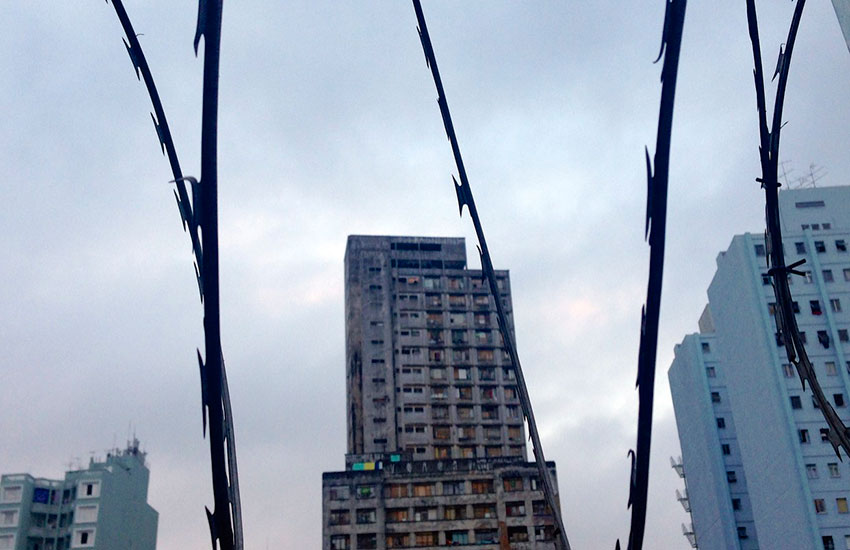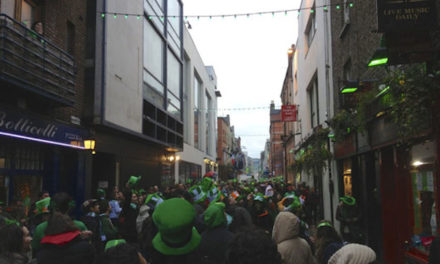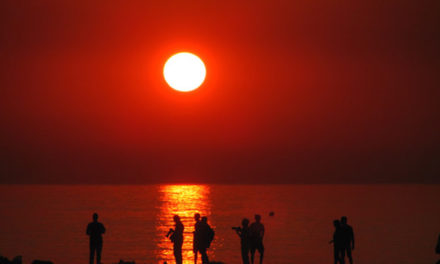I have never before been so afraid to walk out of a hotel. I knew my destination was less than two blocks away but to me the streets couldn’t have been darker or the passersby more ominious.
I was walking alone in Medellín, Colombia, formally the world’s most dangerous city. Forever stained by cocaine and drug cartels, I was warned about this city by everyone I talked to about it.
Worked up and lost deeply inside my head, I worried about muggings, murder and acid burns to my face. Why had I invited my girlfriend here? Why did I pick this city to celebrate New Years?
Just then a petite twenty-something girl jogged by me completely at peace and unworried about her environment.
I looked around again. To my left was a fancy hotel, to my right was a fancy mall. There were not any evil-doers or shady street corners. There was just a modern looking tourist district.
I was fearing stories I had heard about Colombia, not the actual environment that I was in.
Another Look
Today’s Medellín is a city of approximately 4 million people. The vast majority are part of a rapidly rising lower class but there is also a large amount of foreign upper class visitors moving in. The population is growing but the income disparity is shrinking.
Strong and smart political leadership has done an excellent job of curbing corruption and investing in education and infrastructure. The metro in Medellín (which is the only such system in Colombia) is connected to ingenious metrocables (gondolas) which safely and efficiently connect the lower-class favelas to the jobs downtown.
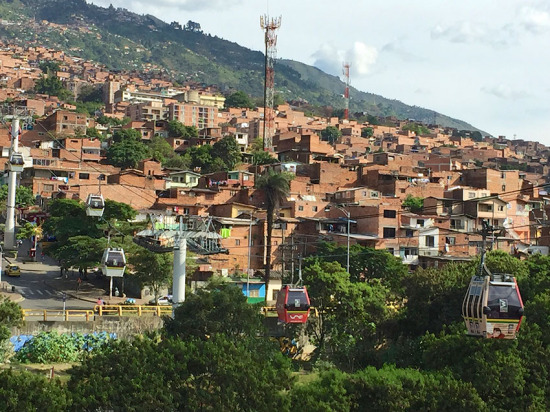
Taxis are subsidized and almost humorously inexpensive and the rate of positive change in the city is inspiring. Whereas, other cities and countries talk about becoming better, Medellín, the former most dangerous city in the world is executing on its positive improvements.
But as nice as the city was, Colombia had something better to offer.
Colombia’s Countryside
While the city was interesting, the countryside was the highlight of the trip.
My girlfriend, Megan, has recently convinced me to revisit the idea of taking formal city tours (particularly food tours). Whereas, I had been on my high horse about avoiding overly touristy situations (I am an extreme bucket lister, remember? :-p) she has shown me that sometimes formal tours can be worthwhile.
On her request, we signed up for tours outside the city.
The countryside to the east and west of Medellín was some of the most beautiful that I have ever seen. To the east, man-made dams flooded once bare valleys.
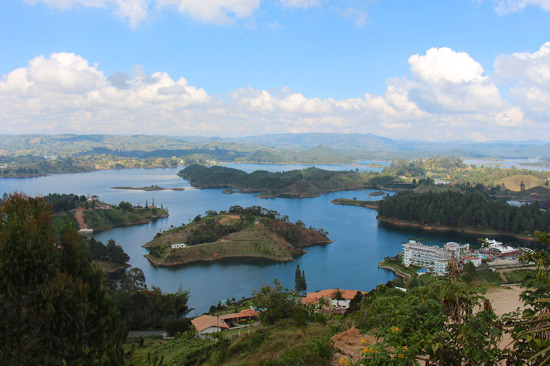
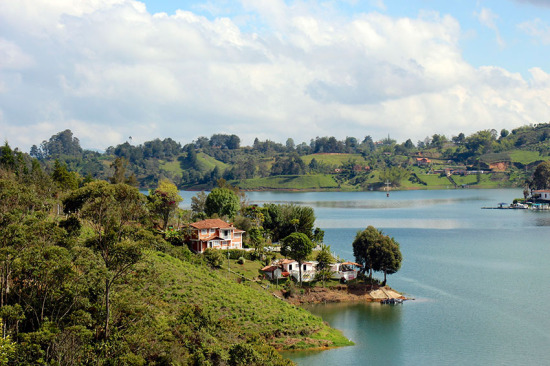
To the west were jungle covered mountains and impossibly situated coffee farms.
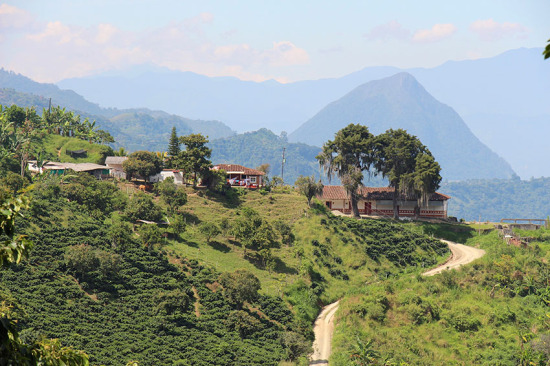
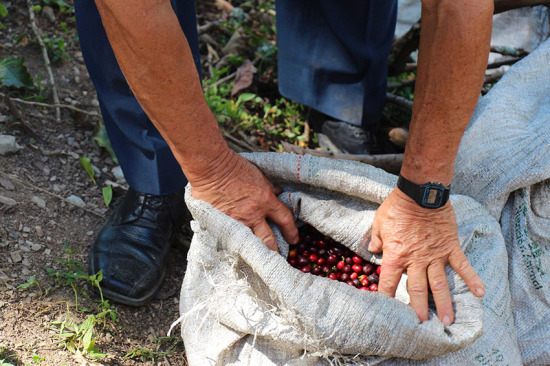
Unlike in the city, the food in the countryside was delicious and humble. Four simple ingredients served with fresh coffee proved to be one of my favorite meals of 2014.
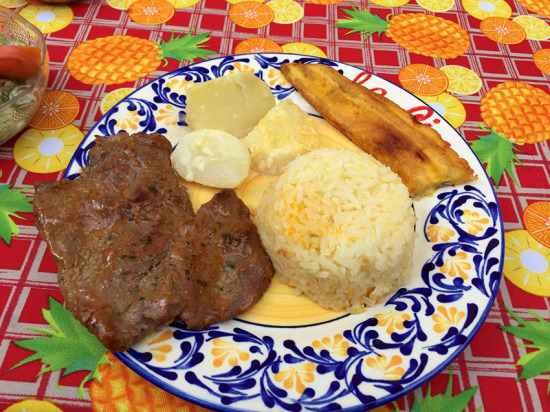
The Single Story of Colombia
Back in town, I attended a local event focused on meeting locals and digital nomads who were living and working in Medellín. (H/T Ryan Ricketts!) I mentioned to one local that I was renting an apartment in Centro. He gave me a double take and told me I was crazy. He quickly told a story about how he had once “almost potentially” been mugged in Centro.
In talking to a different local several days later, I was told about the dangers of the areas outside of Centro. He also warned about the dangers of traveling between neighborhoods using the metro. (My girlfriend and I had already done that without any problems)
Locals in one neighborhood told me about dangers in all other neighborhoods. Locals of those neighborhoods told me about dangers in the first neighborhood.
It seemed that the only danger that people in Medellín could agree on was the dangers of Bogota. To them, that was the real scary place :-p
It took me a few days to figure out what was going on but it eventually made sense.
Medellín and Colombia as a whole are suffering from an overabundance of fear, not necessarily of actual violence. The story of a violent Colombia was coming from within and repeated around the world by well meaning gossipers.
Violence is the quickest way to gain leverage in any given situation. Normally leverage has to be earned through influence, power or command. However, if someone puts a gun to someone else’s head, the first person instantly has enormous leverage regardless of their normal influence, power or command.
These types of violent memories far outlive the events that cause them. It was this single story of cocaine and the resulting violence that continues to strangle Colombia today. Colombia is a progressive and, frankly, inspiring country that is being overly simplified on the global stage by a single story.
The Point of Traveling
The world is far too complicated to allow for every person to understand every situation. As such, humans have developed stories in order to associate complex ideas with simples ideas.
Panama is associated by most of the western world with a canal, Switzerland is associated with watches and Australia is associated with kangaroos. These are bite-sized associations that allow us humans to make at least some sense of an infinitely complex world.
The danger of these associations comes when these oversimplifications are taken too far. Not every one in Africa is infected with Ebola, not every American in obese and not every one in Colombia is a cocaine drug lord. These stories and misconceptions are the dangerous side-effects of a imperfect model of the world.
Which brings us to the importance of travel.
The primary reason I travel is to experience and hear more stories. Each time I do this my imperfect knowledge about the world strengthens. I gain additional perspectives and test previous assumptions. In learning about the world that way, I learn about myself. Before my trip, Colombia had been one story. Now I know from experience that it is many.

